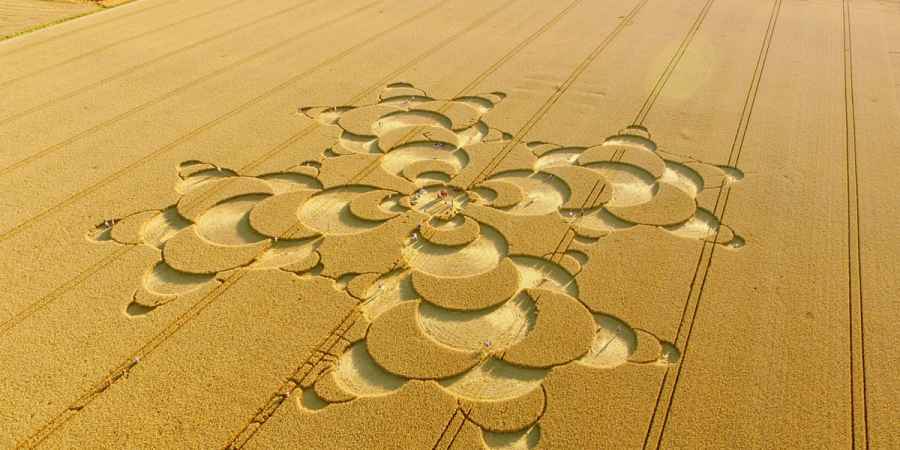
Photo: Agent J

Photo: Agent J
If you were a teen interested in Unidentified Flying Saucers (UFOs) growing up in the 1990s, then crop circles was one of those topics that were everywhere. These large, intricate patterns that appear in fields feel as quintessentially British as Wimbledon or potholes in the road.
Crop circles appear mysteriously, typically in crops such as wheat, barley, or corn. Although called circles, they are often more intricate designs that are created by flattening the crops in specific areas, leaving the rest standing to form a visible contrast.
In their most basic form, crop circles consist of a single circular area where the crops are flattened, leaving multiple simple circles of varying sizes are often combined to create more complex patterns. These can appear in straight lines, arcs, or other configurations.
At the other end of the scale are more complex geometric patterns that are best appreciated from an aerial view. These include concentric rings or circles that create a layered effect, geometric shapes like triangles and squares, either alone or in combination with circles, or grid-like patterns or lattices that create a mesh of lines and shapes.
Some designs hint at an underlying mathematical theme with the use of mathematical fractals, involving repeating shapes that grow smaller in a self-similar way. Occasionally, crop circles feature representations of mathematical constants like pi (π) or "the golden ratio." Patterns resembling stars or flowers with petals are also common, as are Celtic knots, interwoven designs seen in ancient art. Less often, crop circles depict recognisable shapes like animals, insects, or human figures, or symbols from astrology and mythology.
Although crop circles feel like a 90s thing, the phenomenon actually dates back to at least the 17th century. However, modern interest in crop circles began in the 1970s and 1980s, when a surge of crop circle formations was reported in the UK, particularly in the counties of Wiltshire and Hampshire. This led to widespread media coverage and public fascination, which continued into the 1990s. This period saw a surge of interest and speculation, both in the press and among the public.
However, the media frenzy around crop circles began to wane in the new millennium, perhaps because the initial novelty of crop circles faded with time. With fewer sensational stories and increased skepticism, the general public's interest diminished. There were also several high-profile hoaxes and admissions by circlemakers, such as Doug Bower and Dave Chorley, who claimed responsibility for many early formations.
In 2000, Matthew Williams, an urban explorer and UFO enthusiast, became the first person to be arrested and convicted for causing criminal damage to a farmer's field by making a crop circle. Matthew, who had been involved in the creation and exploration of crop circles for several years, admitted his involvement. Although he began making crop circles in the late 1990s, Matthew maintains an interest in the paranormal aspects of the phenomenon.
Despite the decline in media coverage, crop circles have not disappeared. While they might not get the same fanfare today, but they do still appear each year, and a dedicated community of researchers and enthusiasts study crop circles. Crop circle tourism also continues as a niche pursuit. Each summer, tourists travel to the UK to visit crop circle sites, attend conferences, and engage with others who share their interests.
The UK is often considered the epicentre of crop circle activity, where the high concentration and complexity of crop circles have made it a focal point for researchers, tourists, and paranormal enthusiasts. Several English counties are well-known for their mysterious formations, none more so than Wiltshire.
Over the years, Wiltshire has played host to a high concentration of crop circles, most notably in areas around Avebury. Avebury is home to the largest stone circle in Europe, which some believe may contribute to the area's attraction for crop circle enthusiasts. Formations often appear in the fields surrounding the stone circle. Just down the road is Silbury Hill, one of the largest prehistoric artificial mounds in Europe and another landmark often associated with crop circle activity. The nearby village of Alton Barnes has also been a focal point for crop circles since the 1990s.
Hampshire is another key region for crop circles, especially in areas close to the ancient city of Winchester. This includes places like Cheesefoot Head, a natural amphitheatre and beauty spot just outside Winchester. In Oxfordshire, crop circles have been sighted particularly in the vicinity of ancient sites such as the Uffington White Horse, a prehistoric hill figure located on the Berkshire Downs, as well as Uffington Castle and Dragon Hill..
Somerset is another hotspot for crop circles, with the phenomenon occurring in various locations across the county, but most notably around the mystical and spiritual town of Glastonbury and its Tor, a prominent hill topped by the ruins of St Michael's Church.
While crop circles are most famously associated with the UK, they are not an exclusively British phenomenon. Crop circles have also been found across the rest of Europe, where they are as varied and intricate as those in the UK. Countries like Germany, the Netherlands, and France have reported numerous formations over the years.
In North America, crop circles have appeared in both the United States and Canada. The first notable crop circle in the US was reported in the 1960s, but more substantial activity began in the late 20th century. States like California, Oregon, and Ohio have reported multiple formations. Canadian crop circles are less frequent but have been observed in provinces such as Alberta and Saskatchewan.
South America has also experienced its share of crop circles, particularly in countries like Brazil and Argentina. Crop circles have been reported in various Asian countries, such as Japan, India, and Indonesia. In Australia, crop circles have been documented primarily in the rural states of Victoria and New South Wales.
The connection between crop circles and alien visitations is a popular theory in the paranormal community. This idea suggests that the patterns are messages or markings left by extraterrestrial beings. This claim is based on the complexity and precision that some crop circles exhibit, which seem beyond the capabilities of human circlemakers, especially given the short window of opportunity to create them unnoticed.
In some cases, researchers have found that the crops within a circle have unusual characteristics, such as elongated nodes and expulsion cavities, which they argue are caused by an exotic form of energy involved in the circle's creation. Unusual electromagnetic readings and malfunctioning electronic devices in and around crop circles have also been reported, leading some to believe that these formations are created by advanced technology.
Additionally, there are accounts from individuals claiming to have seen strange lights or flying objects in the vicinity of crop circles before or after their formation, leading to speculation that these formations were created by UFOs.
Others believe that natural causes might explain the formation of certain crop circles, things like unusual wind patterns or vortices could theoretically flatten crops in circular patterns. Some suggest that animals, particularly rodents or other burrowing creatures, could disturb crops in ways that might appear as circles. However, these explanations fail to account for the more complex and geometric designs.
Another theory involves the idea of earth energies or geological processes influencing the creation of crop circles. Some believe that crop circles are linked to ley lines, hypothetical alignments of ancient sites and earth energies. There are also claims that fluctuations in the earth's magnetic or electromagnetic fields could impact crops in a way that creates patterns, although scientific evidence supporting this is limited.
Despite the allure of alien visitation theories and mystical earth energies, most people today agree crop circles are created by humans, either as artistic expressions or elaborate pranks. Individuals or groups who use simple tools such as planks, ropes, and stakes to flatten crops in specific patterns. This method has been demonstrated in several documentaries and media reports, and studies have shown that all the features found in crop circles can be recreated using simple techniques.
While human activity is the most widely accepted explanation for many formations, the fact that crop circles remain a topic of discussion today shows how intriguing and enduring the phenomenon is, even if only for their artistic appeal.
Have Your Say
Do you believe crop circles are man-made or have a more mysterious origin?
How To Make A Crop Circle
While we don't recommend creating a crop circle on privately owned farmland, or anywhere else for that matter, here is a step-by-step guide on how it can be done - a task that requires careful planning and precise execution.
If you intend to make a crop circle, you will need to find a suitable field and gain the landowner's permission. The field should have crops that are tall enough to visibly bend and easy entry and exit via tractor tracks to avoid leaving a path through the crop.
To flatten the crop, you'll need a flattening board made from a plank of wood that you can push down on the crop with your foot. The plank should be about one metre long with a short length of rope attached at each end, allowing you to loop the rope over your neck so that you can lift and move the plank easily.
1. Planning Your Design
To keep it simple for your first attempt, consider creating a basic circle. Sketch your design in a notebook that you can take to the field with you, noting all measurements.
2. Preparing The Site
Mark the centre of your circle with a stake and attach a rope. The rope should be the length of the desired radius of the circle.
3. Creating The Circle
Fully extend the rope, keep it taut, and begin to walk in a circular path around the centre stake. With each step, press the flattening board down with your foot to flatten the crops, then lift it using the ropes around your neck and move it forward, pressing down again to create a smooth path. After completing the outermost circle, move inward by a plank's width and repeat the process for another complete orbit.
4. Review The Flattening
After completing the circle, walk around the perimeter to check for any uneven areas or gaps. Make the necessary adjustments to ensure the circle is smooth and well-defined.
5. Clean Up
Remove all stakes, ropes, and tools from the field, ensuring you leave no trace of your presence except the crop circle. Leave the field the same way you entered it to avoid leaving visible tracks.
More Essential Parapsychology
See All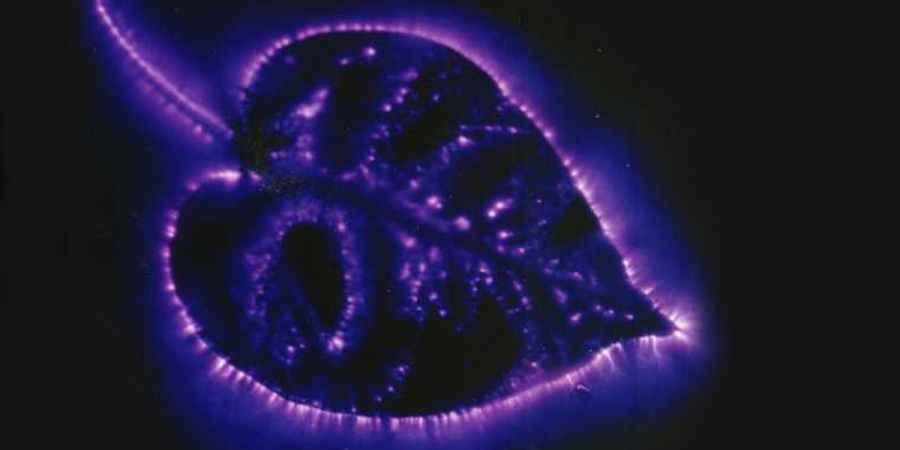
ArrayOctober 11, 2024
The Reality Behind Kirlian Photography’s Glowing Auras

ArrayOctober 07, 2024
Could Retroactive Psychokinesis Allow Us To Influence The Past?

ArrayOctober 05, 2024
What Spontaneous Cases Are & Why Parapsychologists Research Them
Further Reading
Dive into the world of the paranormal and unexplained with books by Higgypop creator and writer Steve Higgins.

Hidden, Forbidden & Off-Limits
A journey through Britain's underground spaces, from nuclear bunkers to secret wartime sites.
Buy Now
Investigating The Unexplained
Practical advice on conducting paranormal investigations and uncovering the unexplained.
Buy NowMore Like This
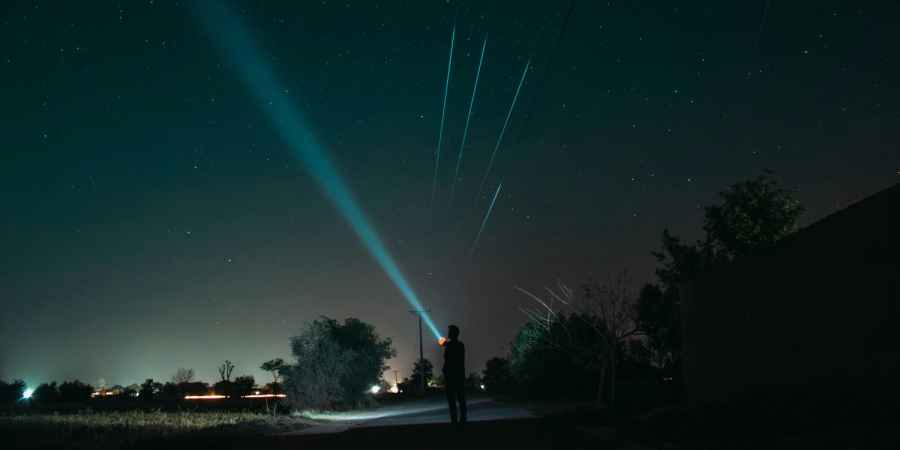
AliensMarch 15, 2025
Today Is World Contact Day - Here Are 5 Ways You Can Try To Contact Aliens
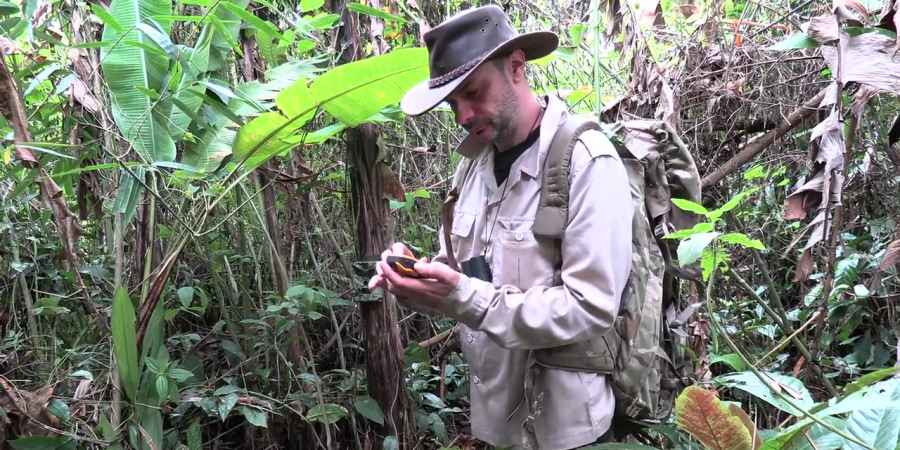
Big CatsMarch 12, 2025
Elusive Orang Pendek & Sumatran Tiger Discovery Captured In Groundbreaking Expedition

UfosMarch 04, 2025
The Most Famous & Influential UFO Whistleblowers Of All Time

Robbie WilliamsFebruary 28, 2025
Robbie Williams Says UFO Came So Close, He Could Have Touched It
 See More on Audible
See More on Audible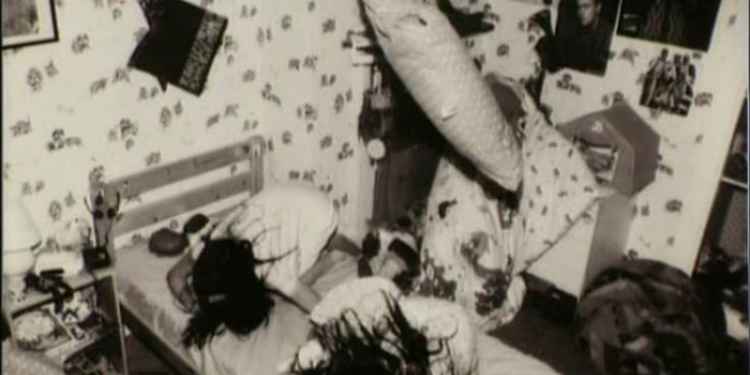

Comments
Want To Join The Conversation?
Sign in or create an account to leave a comment.
Sign In
Create Account
Account Settings
Be the first to comment.